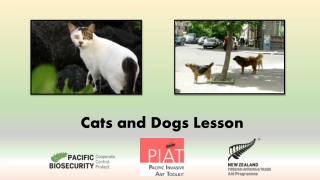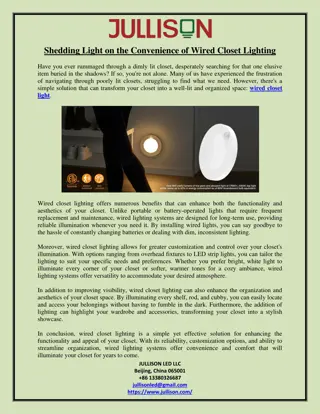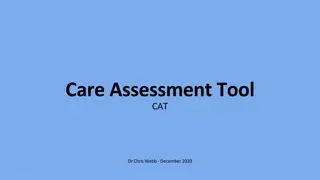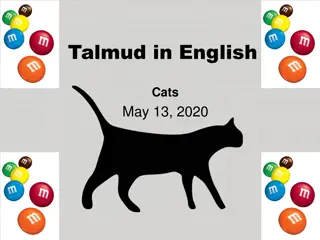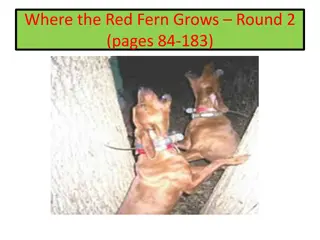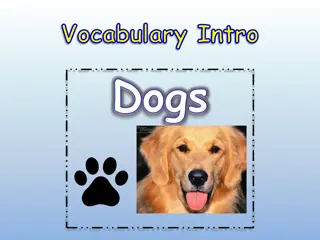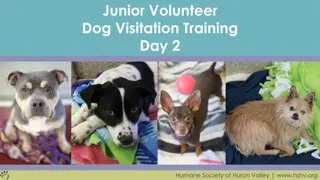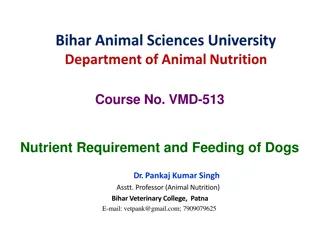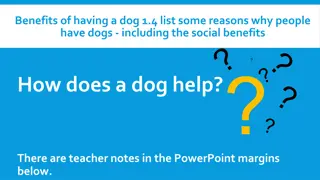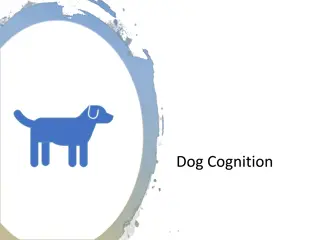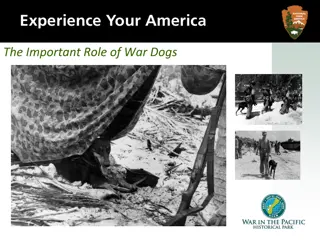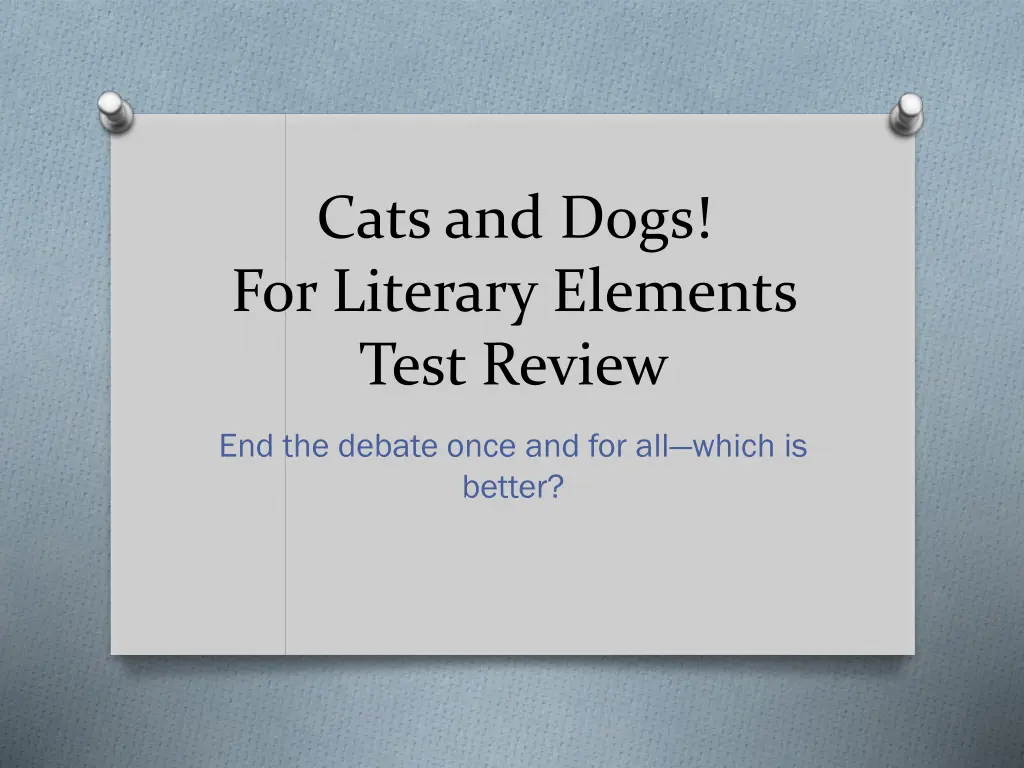
Literary Elements Test Review - Cats vs Dogs Debate
Explore the literary elements through the debate of cats vs dogs in this test review. Uncover key concepts such as character conflicts, main characters, story stages, points of view, and more. Dive into the world of storytelling with vivid images and engaging questions.
Download Presentation

Please find below an Image/Link to download the presentation.
The content on the website is provided AS IS for your information and personal use only. It may not be sold, licensed, or shared on other websites without obtaining consent from the author. If you encounter any issues during the download, it is possible that the publisher has removed the file from their server.
You are allowed to download the files provided on this website for personal or commercial use, subject to the condition that they are used lawfully. All files are the property of their respective owners.
The content on the website is provided AS IS for your information and personal use only. It may not be sold, licensed, or shared on other websites without obtaining consent from the author.
E N D
Presentation Transcript
Cats and Dogs! For Literary Elements Test Review End the debate once and for all which is better?
In this type of conflict, the character is struggling with forces on the outside of himself.
This is the name for the main character of the story.
This type of character doesn t undergo a major change in the story.
This is the stage of a story that is considered the turning point or most exciting part.
Which POV is used here: You may want to pack extra clothing if you will be camping near a river or lake.
This is also called the falling action in the plot. It connects the climax with the resolution.
Name 3 things that are introduced during the exposition of a story.
This is the name for a character who appears over and over in many literary works. (Ex: bully, lovers, jock, etc.)
Name 2 strategies used by an author to keep the audience engaged.
This is when something different than what is expected happens it s more than coincidence.
Sometimes an author will leave this unfinished in order to write a sequel. . .
What type of characterization? He was tall, smart, and handsome. All of the girls found him to be the standard by which all others would be judged.
Name 1 type of external conflict and give a real-world example.
When a character struggles with his conscience, what type of conflict is he experiencing?
What type of characterization is this: The librarian knew that she would want to read the next book in the series, so she set it aside and awaited the expected arrival of Lucy.
Which POV: We arrived early for the 40th anniversary celebration, but it didn t bother us. We had traveled far and wide for this special occasion.
This is the name for a character who is against the main character.
This is the name given to a character who undergoes a major change during the course of a story.
An author may hint at what is to come in the future of the plot. This technique is called: ___________
This is the transition from the exposition to the climax. Tension builds and the story gets more exciting.
This is what writers use to keep you on the edge of your seat, wondering what will happen next?
Which POV: Jason learned that the time had come to put Fluffy to rest. He didn t want to do it, but he knew there was no choice. As he drove down the winding road, tears streamed down his cheeks.
This is the feeling that is created by the story.
What type of conflict? Yoda vs. Anniken (sp?)
What type of conflict? The cheese touch victims vs. the student body
Which POV? Rachel and Dianne spent the entire weekend shopping for most trendy outfits. They knew that this was their chance to be part of the popular crowd.
Name the steps of a storys plot in order.
Fix the parallel construction: This week, we have a project in Science, a test in language arts, and to take notes in Social Studies.
Where would you need to add a comma in this sentence: Darla wash the dishes!
What type of conflict? Brian vs. the bear, porcupine, and fire

